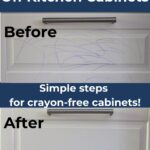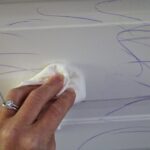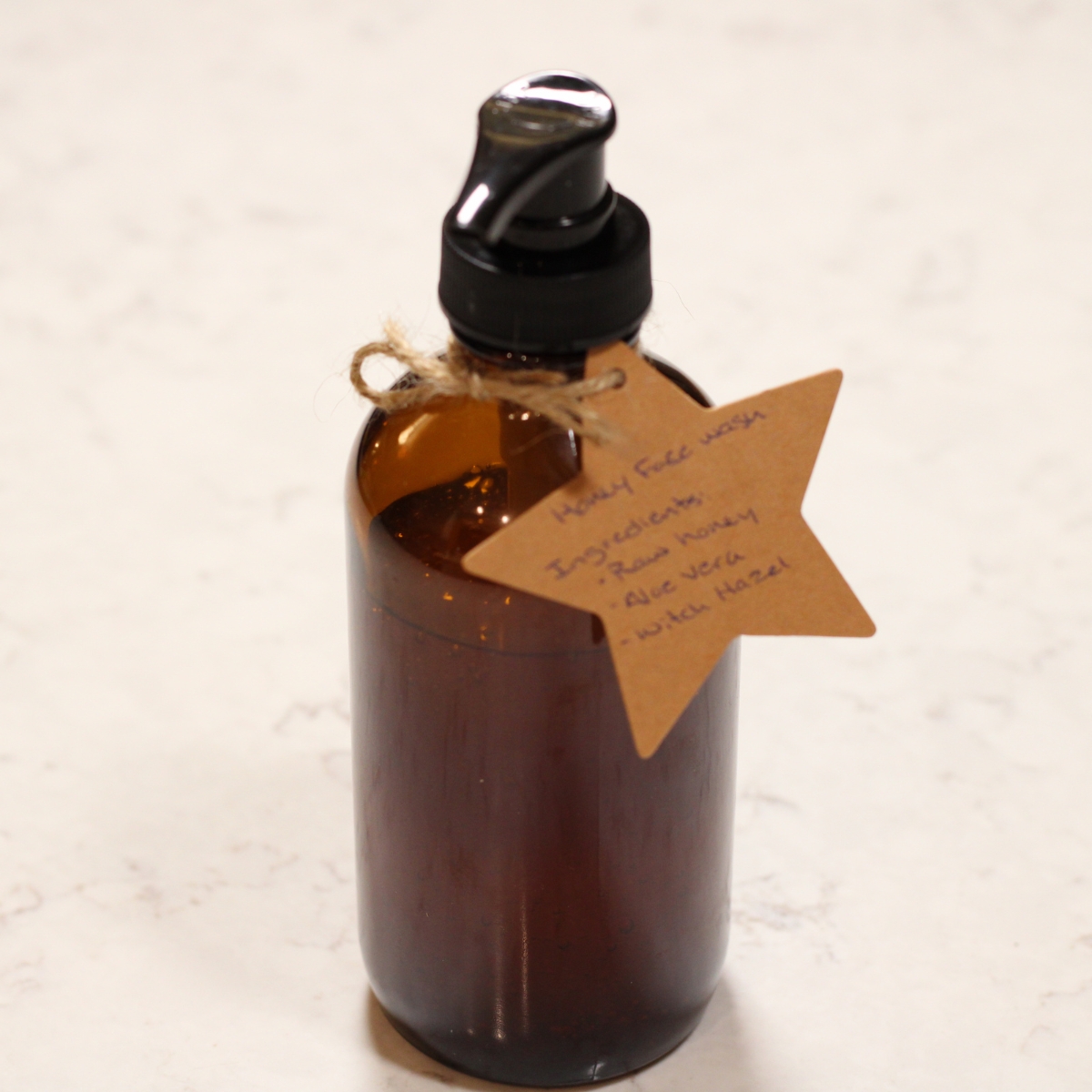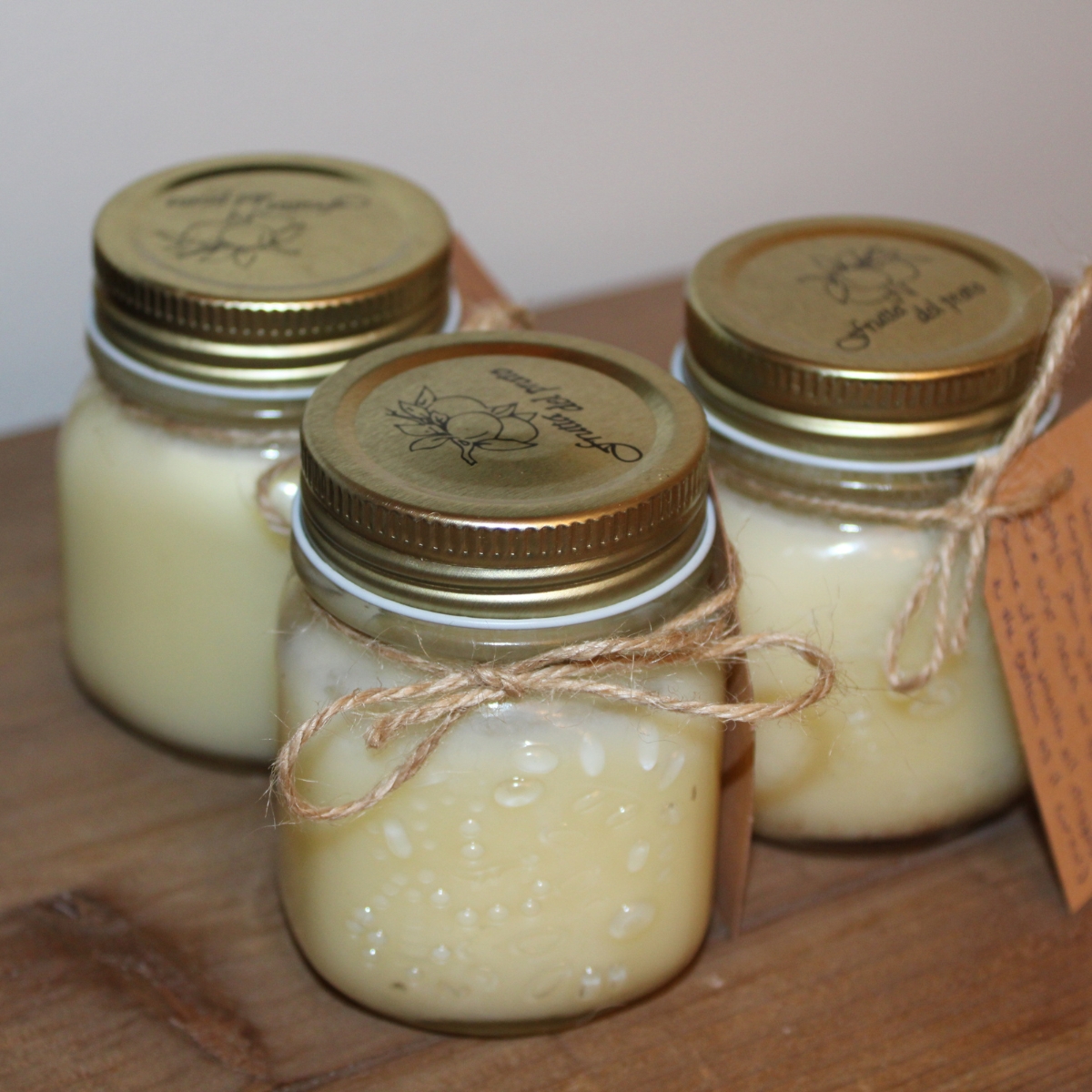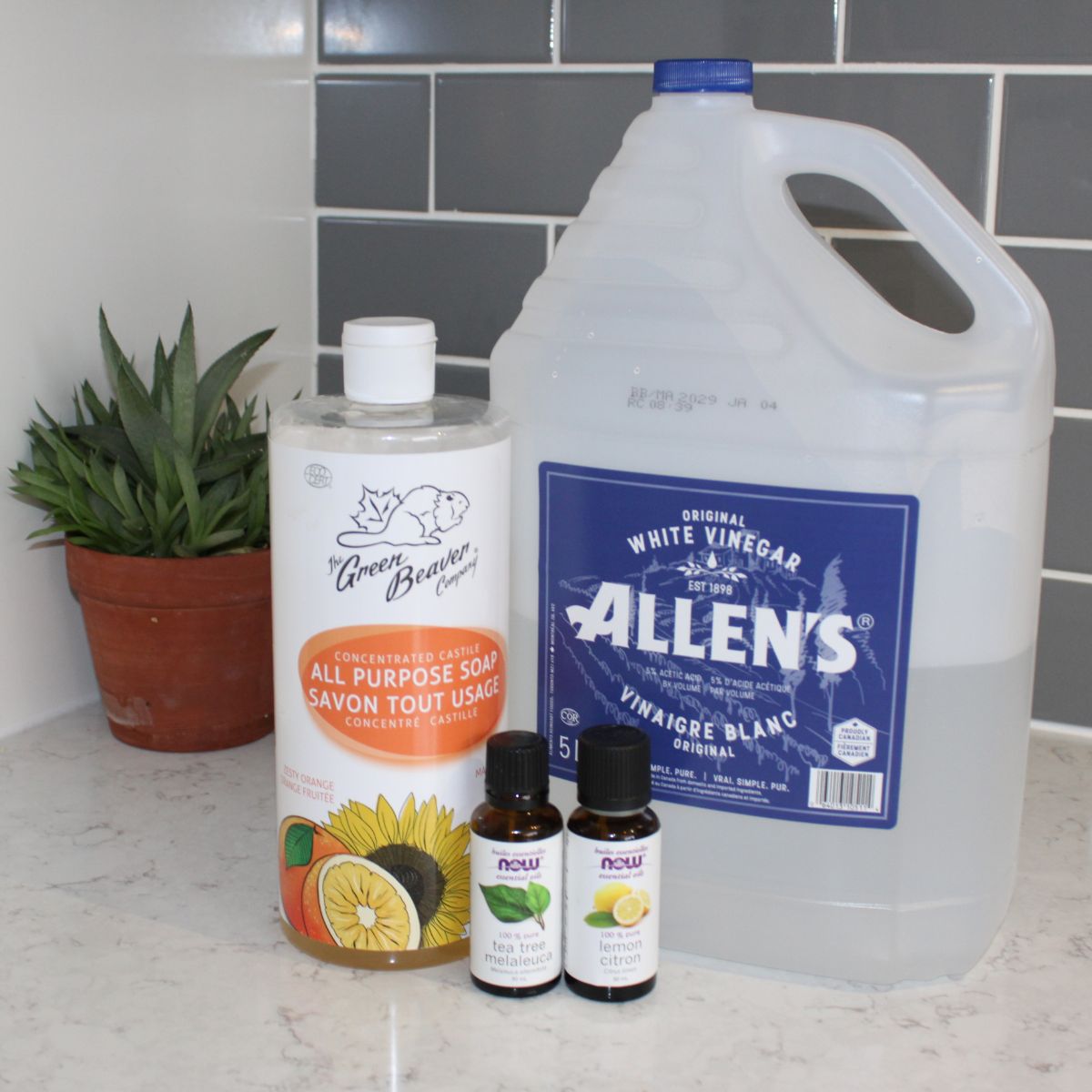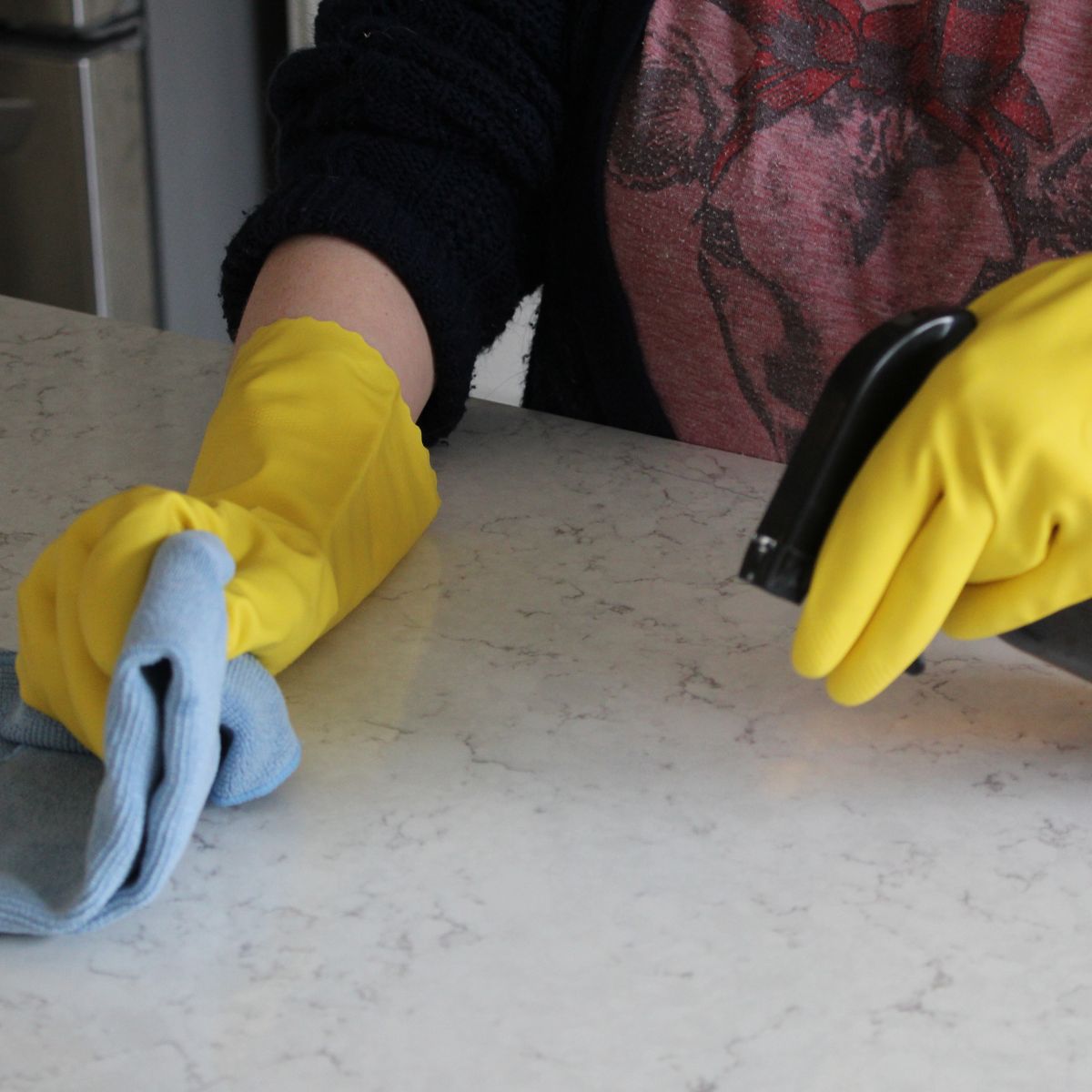How to Get Crayon Off Kitchen Cabinets
You know those days when you have a perfect plan laid out for the week? Well, I did too, until my toddler decided that our white kitchen cabinets were the perfect canvas for her latest crayon masterpiece! Suddenly, my planned blog posts took a backseat to the pressing issue of how to get crayon off white kitchen cabinets! I first reached for my favorite All Purpose Cleaner, which I use for just about everything, but to my dismay, it would not remove the crayon stains from my kitchen cabinets. But with some common household items, and a little elbow grease, I managed to restore my cabinets to their former crayon-free glory!
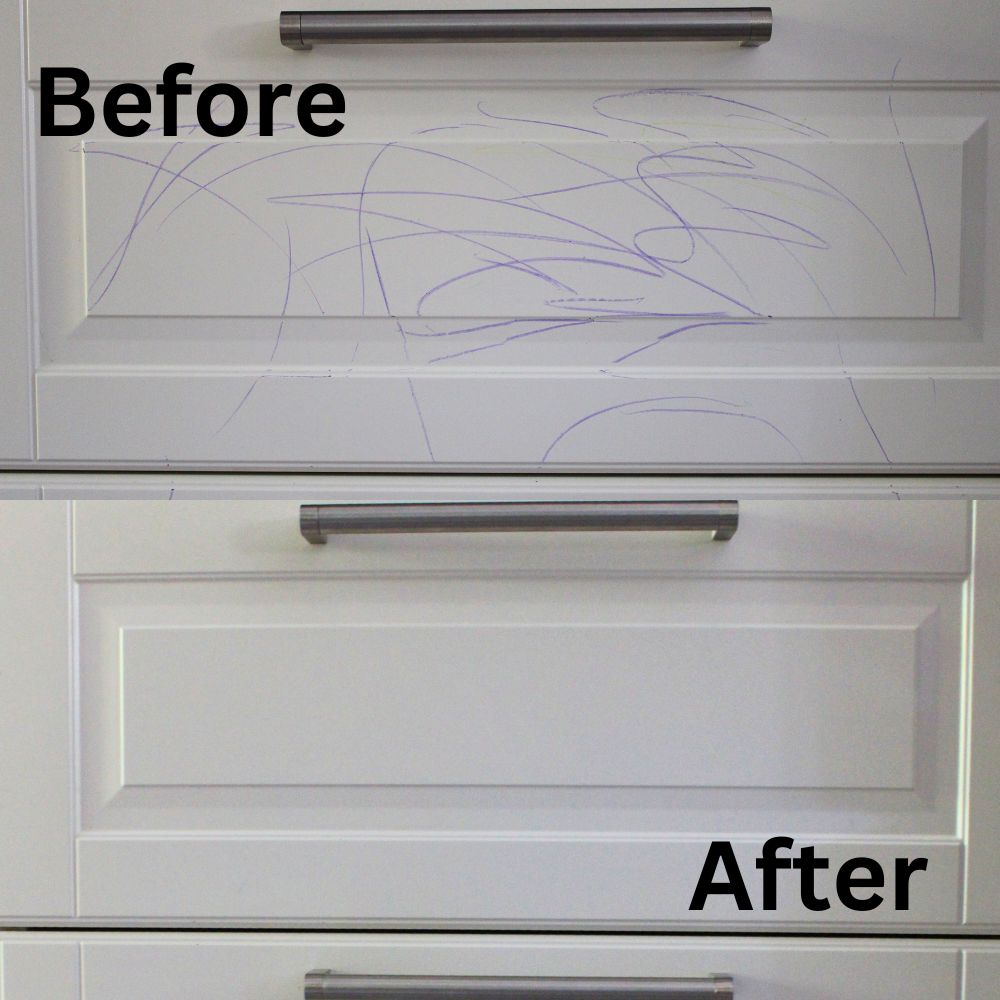
More Home Cleaning DIY Recipes
- Easy Homemade Granite Cleaner – Make your granite countertops shine with this simple, all-natural recipe that’s safe for stone surfaces.
- How to Make Homemade All Purpose Cleaner That Really Works! – Learn how to mix up an effective, eco-friendly cleaner that can tackle messes on nearly any surface in your home.
Crayon Clean-Up Made Simple
Walking into your kitchen to see crayon marks all over your cabinets feels daunting to say the least! (At least it did for me.) But with a few simple steps and common household items you probably already have, like rubbing alcohol, an old toothbrush, and some paper towel, you’ll have your white cabinets looking as good as new in no time!
Supplies You Will Need
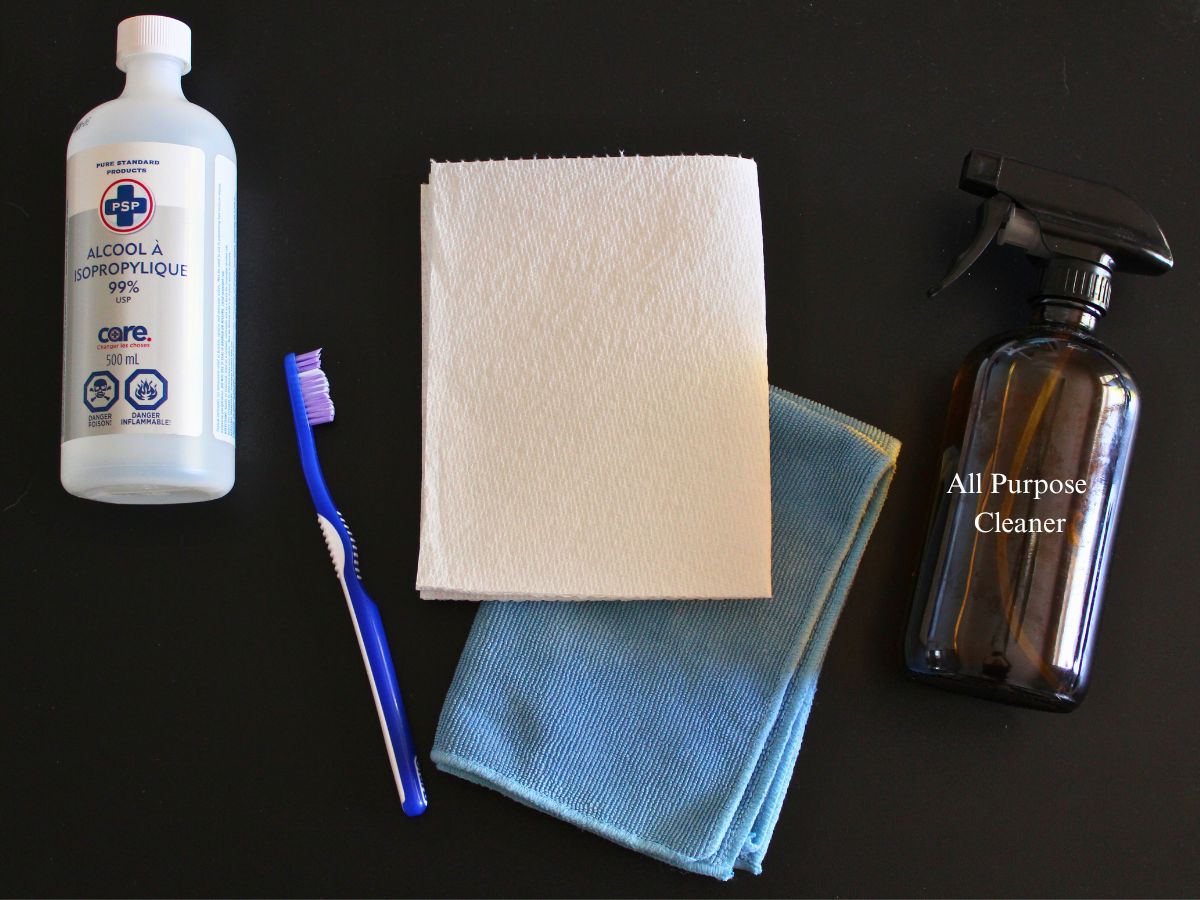
- Rubbing Alcohol – Effective at breaking down the crayon wax and lifting the stain.
- Paper Towel or Microfiber Cloth – Used to absorb the dissolved crayon wax and wiping away the residue.
- Damp Cloth With Hot Water – For rinsing the affected area after treatment.
- All Purpose Cleaner – After using rubbing alcohol, you can use this to wipe down the surface for a more general cleaning. (optional)
- Credit Card – A handy tool for gently scraping off any thick layers of crayon without damaging the cupboards.
- Old Toothbrush – Perfect for getting into corners and edges of kitchen cabinets, especially those with detailed molding.
Instructions

- Before beginning, dampen your paper towel with rubbing alcohol, and wipe it over an inconspicuous area to ensure it won’t damage the finish on your cabinets.
If the layer of crayon is thick, begin by removing any excess crayon wax using a credit card or similar tool. Be gentle to avoid scratching the cupboards.
Get your paper towel soaked in rubbing alcohol, and apply more as needed. Rub the stained area in a circular motion. You’ll notice the crayon wax starting to break down.

- Use a clean, dry cloth to wipe away the dissolved crayon wax. If any crayon markings remain, repeat the process. For any detailed parts of the cupboard, like grooves or edges, gently use an old toothbrush dipped in rubbing alcohol to remove the wax from those areas.
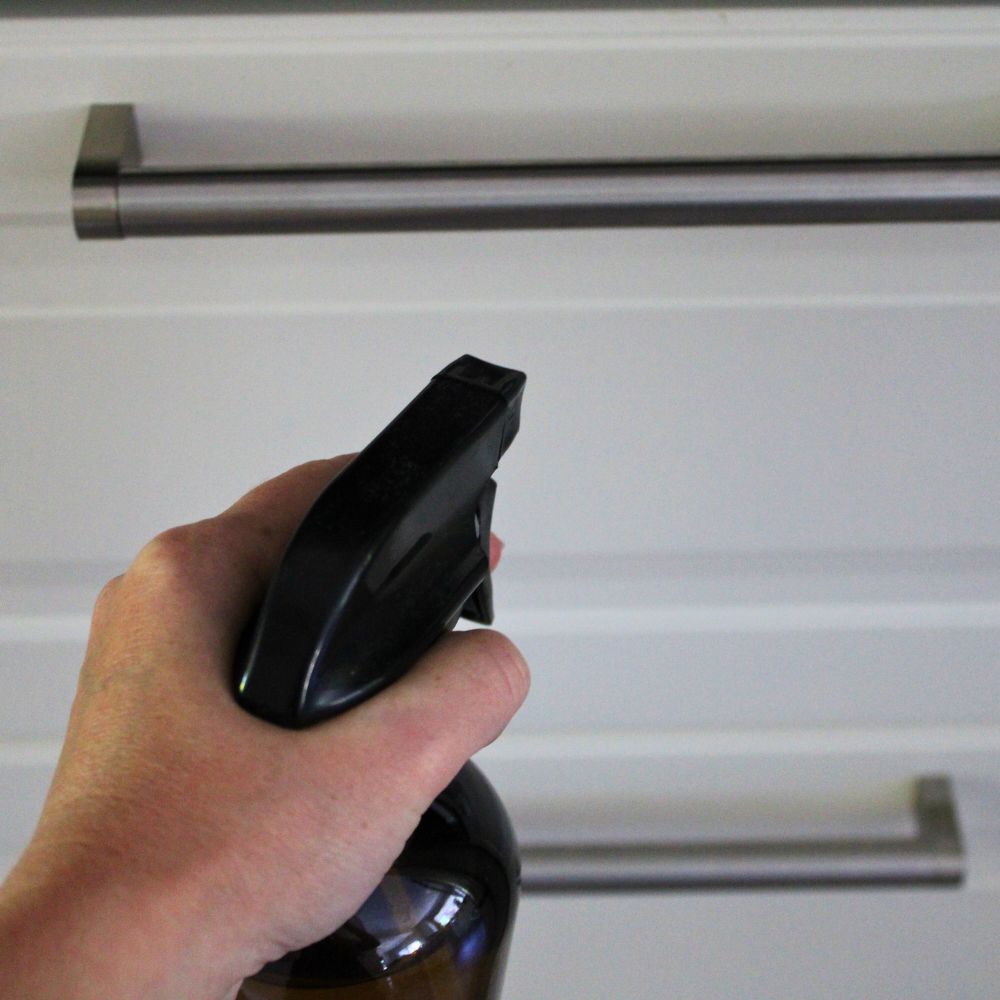
- For final clean-up Spray the affected area with All Purpose Spray, and wipe away with a dry microfiber cloth. (optional)

- Rinse the area with clean wet rag and dry it thoroughly with a dry microfiber cloth.
If there are still stubborn stains that can’t be removed with these methods, try using a commercial spot remover. Follow the product instructions carefully and always test it in an inconspicuous spot first.
Hints
- Good News – Most crayon stains can be easily removed with just rubbing alcohol and a little elbow grease!
- Effective Methods – On wood surfaces in particular, always work in the direction of the grain to avoid causing damage.
- Cleaning Agent – For extremely stubborn crayon marks, consider using a specific wood furniture cleaning agent.
Future Prevention
Now that your cabinets are looking good as new, make sure you’ve always got rubbing alcohol handy for any future crayon incidents! Because let’s face it, with toddlers around, those crayons will find their way to every surface. Consider it a parental rite of passage!
Rubbing alcohol is generally safe for many wall finishes, but it’s always best to first try a test patch in an inconspicuous area to avoid any potential damage.
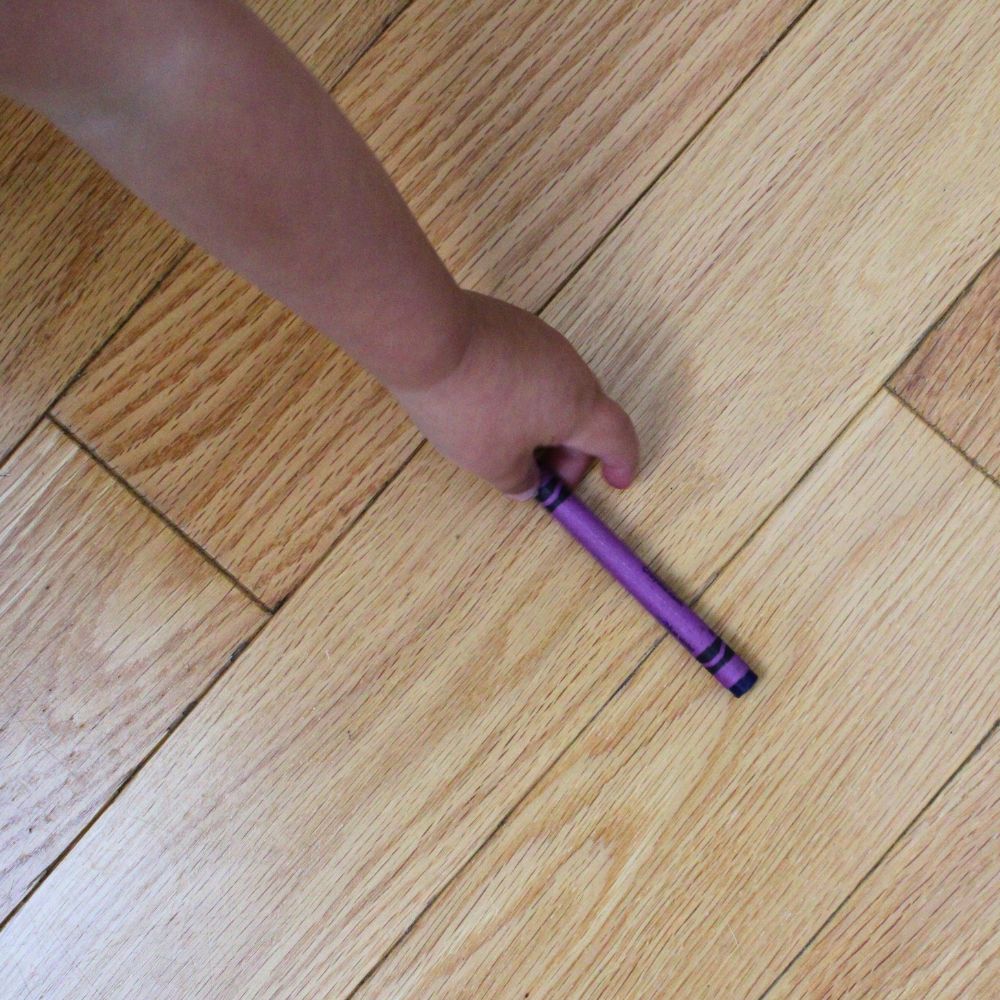
Top Tip
Always tackle crayon stains as soon as possible! The longer they sit, the harder they are to remove. Keep some rubbing alcohol and paper towels on hand as part of your natural home cleaning kit for quick and easy clean-ups.
FAQ
Yes, but always test in an inconspicuous spot first to ensure it doesn’t damage your cabinets.
Try a commercial spot remover designed for wood surfaces. Follow the instructions on the product carefully.
Yes, as long as you’re gentle and careful not to scratch the cabinet surface.
Yes, these methods can be effective on wood kitchen cabinets as well as wooden wall surfaces. However, when working with wood surfaces, it’s important to first test in an inconspicuous area first, whether on cabinets or wooden walls, and follow up by conditioning the wood after cleaning to restore moisture and shine.
White vinegar is excellent for many cleaning tasks but wasn’t effective for crayon stains in this instance. It’s still useful for the final clean-up step.
Rubbing alcohol can be very effective for removing crayon marks from walls. However, it’s important to test it on a small, inconspicuous spot first to ensure it doesn’t damage the paint or finish.
Apply a small amount of rubbing alcohol on a paper towel or a soft cloth and test it on an inconspicuous area of the wall to ensure it doesn’t cause any damage or discoloration. If the test area is fine, gently rub the crayon stains with a rubbing alcohol-soaked cloth or paper towel in a circular motion. Once the crayon has been removed from the wall, wipe the area with a damp cloth soaked in clean water to remove any residue, then dry with a soft towel.
More Recipes From Our Holistic House
Looking for other recipes like this? Try these:
How to Get Crayon Off Kitchen Cabinets
Materials
- rubbing alcohol
- paper towel or microfiber cloth
- damp cloth with hot water
- All Purpose cleaning spray optional
- credit card
- old toothbrush
Instructions
- Before beginning, dampen your paper towel with rubbing alcohol, and wipe it over an inconspicuous area to ensure it won’t damage the finish on your cabinets.
- If the layer of crayon is thick, begin by removing any excess crayon wax using a credit card or similar tool. Be gentle to avoid scratching the cupboards.
- Get your paper towel soaked in rubbing alcohol, and apply more as needed. Rub the stained area in a circular motion. You’ll notice the crayon wax starting to break down.
- Use a clean, dry cloth to wipe away the dissolved crayon wax. If any crayon markings remain, repeat the process. For any detailed parts of the cupboard, like grooves or edges, gently use an old toothbrush to remove the wax from those areas.
- For final clean-up Spray the affected area with All Purpose Spray, and wipe away with a dry microfiber cloth. (Optional).
- Rinse the area with clean wet rag and dry it thoroughly with a dry microfiber cloth, Making sure there’s no moisture left.
Notes
- On wood surfaces in particular, always work in the direction of the grain to avoid causing damage.
- For extremely stubborn crayon marks, consider using a specific wood furniture cleaning agent, just be sure to follow manufacturers instructions, and first do a test patch in an inconspicuous spot.
